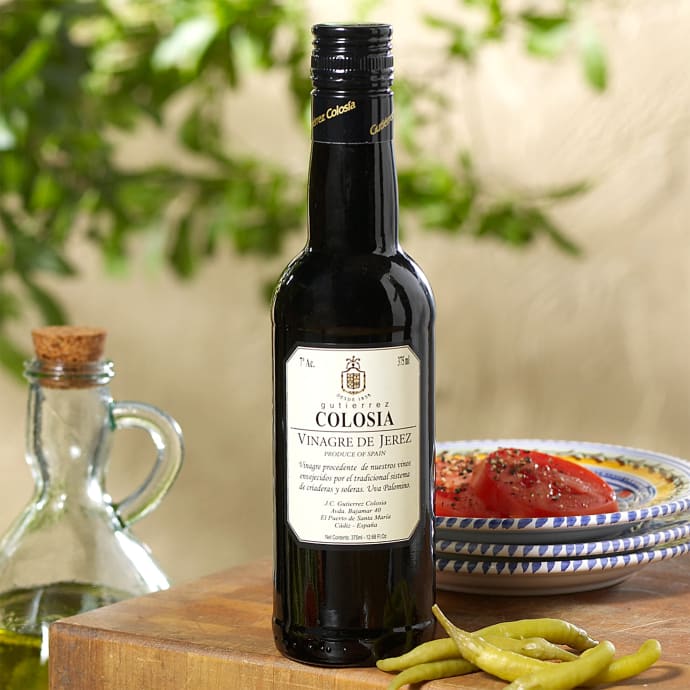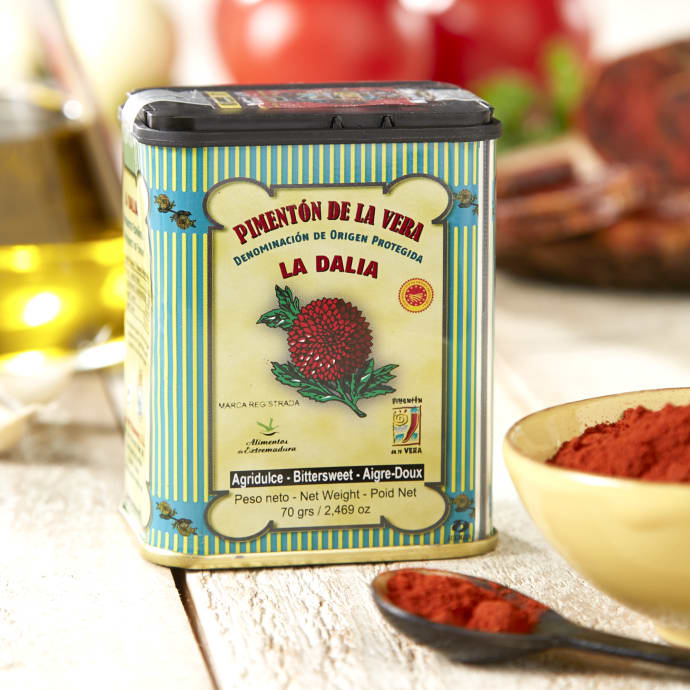Rioja. Manchego. Tapas. The foods and wines of Spain have slowly been making their way into our culinary consciousness over the past decade, but they've really gained market share in the past year. Chef Jose Andres of Jaleo restaurant in Washington, D.C., is one of the masters of his seductive style of cooking -- taste it in this delicious menu of earthy and robust flavors.
Chef Andres's Essential Spanish Flavors
"Traditional Spanish cooking is based on home cooking more than anything," says Jose Andres. "It's very down-to-earth." Making Spanish food at home may mean never having to buy fancy ingredients, but here are two from this Catalon-infected menu [Andres trained in Spain's Catalonia region] that may be unfamiliar -- though not for long. While essential in Andres and other Spanish kitchens, they are also hot properties in restaurant kitchens around the country
PIMENTÓN
Andres says that comparing this Spanish smoked paprika to the supermarkets variety is like, "comparing it to red powder." Pimentón is the sweetly smokly flavor in everything from chorizo sausage to paella. Try it in the romesco sauce in this menu. Look for dulce [sweet] and de la Vera on the label: Peppers from the La Vera region are always smoke-dried; in other regions they are sun-dried.
SHERRY VINEGAR
Made from Spain's exquisite fortified wines, Sherry wine vinegar has the sharp acidity and lightness of wine vinegar and the complexity of aged balsamic. Caramel and oak undertones are reminders of the aged Sherry it's made from and of the barrels that vinegar itself is aged in. Sherry vinegar is fundamental to gazpacho; it also makes a delicious vinaigrette and a nearly instant sauce for the Roasted Red Peppers with Garlic [see recipe].
These ingredients are available from Tienda.com





